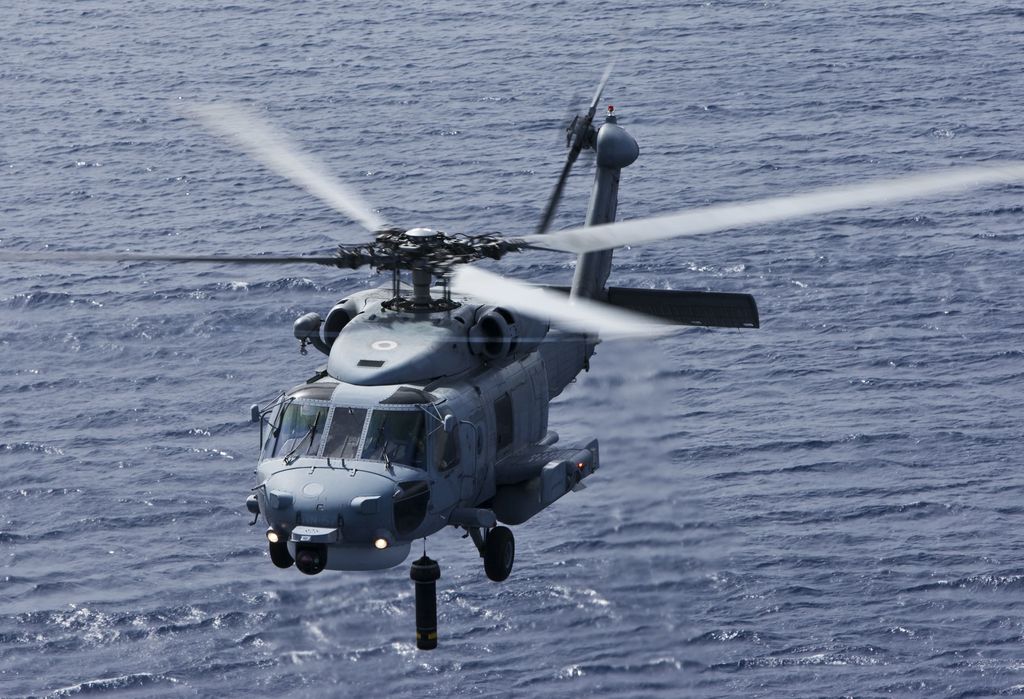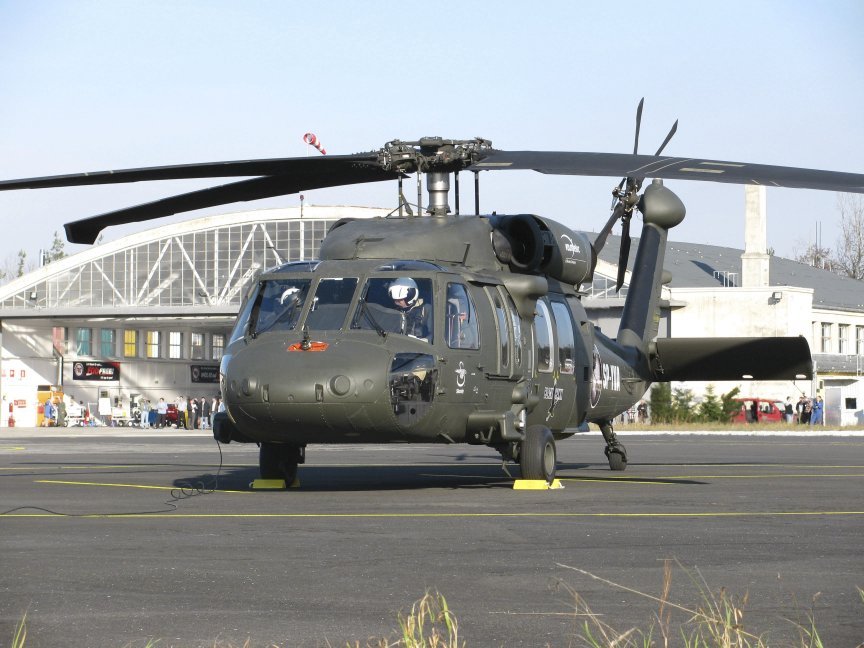Rotary-Wing Airplane Offering Superior Longevity and Accuracy Engineering
In the world of aeronautics, rotary-wing airplane have long been recognized for their unique capacities in numerous functional atmospheres. As we explore the complex balance between technology and integrity in rotary-wing aircraft, it ends up being evident that the merging of innovative innovation and proven layout concepts has actually set a new criterion for performance and efficiency in the aerospace sector.
Development of Rotary-Wing Technology
Throughout the background of aviation, the advancement of rotary-wing modern technology has been a testimony to regular advancement and advancement in aeronautical design. From the early days of upright trip with fundamental designs to the advanced helicopters and other rotary-wing airplane of today, the progression in this field has actually been exceptional.
In the very early 1900s, leaders like Igor Sikorsky and Juan de la Cierva made substantial strides in rotary-wing innovation. Sikorsky's VS-300 helicopter, first flown in 1939, noted a pivotal minute in the development of useful rotary-wing aircraft. This success led the way for more improvements in upright flight abilities.

Today, rotary-wing airplane play essential duties in numerous sectors, including military procedures, emergency situation medical solutions, police, and business transportation. The development of rotary-wing innovation remains to press the limits of what is feasible in upright trip, making certain that these airplane stay vital properties in the air travel market.
Materials and Construction Innovations
Demonstrating a blend of advanced materials and accurate construction strategies, rotary-wing airplane have undergone significant advancements in durability and efficiency. Among the essential developments in products made use of for rotary-wing airplane is the boosting use of composite materials. These products, such as carbon fiber strengthened polymers, provide a high strength-to-weight proportion, improving both the structural stability and total performance of the aircraft. Furthermore, developments in manufacturing procedures have permitted more intricate and specific construction of rotary-wing parts, adding to improved the rules of aerodynamics and efficiency.
In addition, the combination of innovative coverings and surface area therapies has played a critical role in improving the longevity of rotary-wing aircraft. These finishings give protection against rust, abrasion, and severe climate condition, prolonging the life-span of the airplane and reducing maintenance demands.
In regards to building and construction innovations, additive manufacturing, additionally referred to as 3D printing, has actually transformed the manufacturing of complex parts for rotary-wing aircraft. This innovation enables fast prototyping and modification, resulting in much faster advancement cycles and reduced expenses. Generally, the constant development of products and building methods is driving the abilities and performance of rotary-wing aircraft to new heights.
Precision Flight Control Systems

The integration of GPS modern technology even more boosts the accuracy and integrity of these systems, enabling for precise navigation, waypoint monitoring, and automated flight control. sikorsky s 70. This degree of precision not just enhances the security of rotary-wing operations yet also boosts overall functional efficiency and objective performance
Furthermore, the continual developments in fabricated intelligence and artificial intelligence have actually promoted the advancement of independent trip capabilities within Accuracy Trip Control Systems. This allows rotary-wing airplane to execute complex objectives with unmatched accuracy and uniformity, making them crucial possessions in a wide range of applications, including armed forces procedures, search and rescue goals, and aerial photography.
Toughness in Testing Environments
Popular operational settings, rotary-wing aircraft show remarkable durability and effectiveness, making certain optimal performance under challenging environmental conditions. These aircraft are developed to endure a vast array of ecological aspects, consisting of severe temperatures, high winds, and rough terrain, making them well-suited hop over to these guys for various missions in diverse landscapes.
One key factor adding to the sturdiness of rotary-wing airplane is their sturdy building and construction. These airplanes are built using high-quality products and progressed design methods to improve their structural integrity and integrity. In addition, elements such as rotor blades, engine systems, and landing gear are meticulously made to endure the pressures and stress and anxieties come across during procedures in tough atmospheres.
Furthermore, rotary-wing airplane are furnished with advanced onboard systems that monitor efficiency metrics in real-time, enabling for proactive maintenance and very early discovery of potential concerns - sikorsky s 70. This positive approach aids avoid unexpected failings and ensures the ongoing airworthiness of the aircraft in requiring operational setups. Generally, the toughness of rotary-wing aircraft in difficult settings is a testimony to their premium design and design, making them vital possessions for numerous mission-critical procedures
Maintenance and Reliability Requirements
The adherence to rigid maintenance and reliability standards is vital in guaranteeing the optimal performance and safety of rotary-wing aircraft. Normal maintenance checks, performed by qualified service technicians, are necessary to determine and address any type of possible issues before they jeopardize the airplane's functionality. These checks include a thorough examination of all vital parts, consisting of the engine, blades system, avionics, and hydraulic systems, to assure that they are in prime working condition.
Additionally, adherence to set up upkeep intervals according to maker standards is critical for upholding the aircraft's dependability. This positive approach aids prevent unexpected break downs and guarantees that the airplane stays airworthy for its designated objectives. In addition, the execution of durable integrity criteria, such as regular part screening and substitute based on predetermined lifecycles, even more enhances the aircraft's dependability.
Conclusion

To conclude, the advancements in rotary-wing aircraft modern technology have actually brought about premium longevity and accuracy design. With ingenious products and building and construction methods, together with precision flight control systems, these airplane can run in difficult atmospheres with increased reliability. The upkeep and dependability standards ensure that these rotary-wing airplane proceed to carry out at their finest, making them vital assets for various sectors.
Demonstrating a fusion of sophisticated materials and precise building and construction methods, rotary-wing aircraft have actually undergone substantial improvements in resilience and performance. One of the key technologies in materials made use of for rotary-wing aircraft is the increasing use of composite materials.With careful attention to information and advanced technical integration, rotary-wing airplane have accepted Accuracy Trip Control Solution as a keystone of their operational quality. Overall, the toughness of rotary-wing aircraft in difficult settings is a testament to their premium engineering and style, this post making them indispensable possessions for numerous mission-critical operations.
In final thought, the developments in rotary-wing airplane technology have led to premium resilience and precision design.